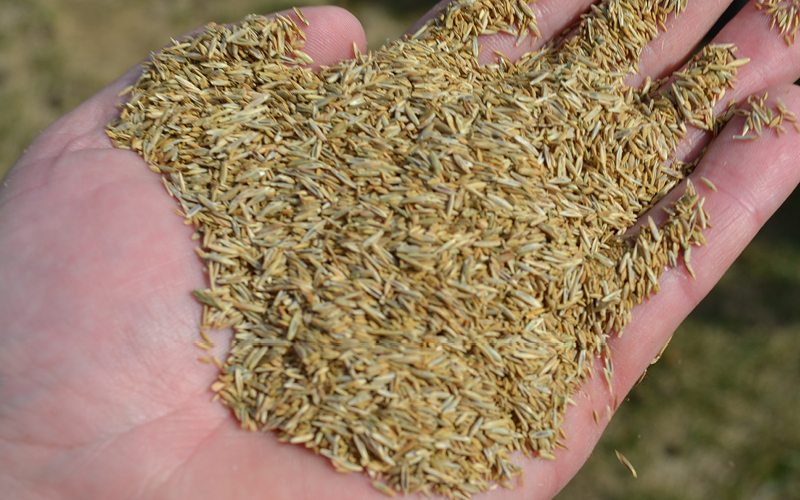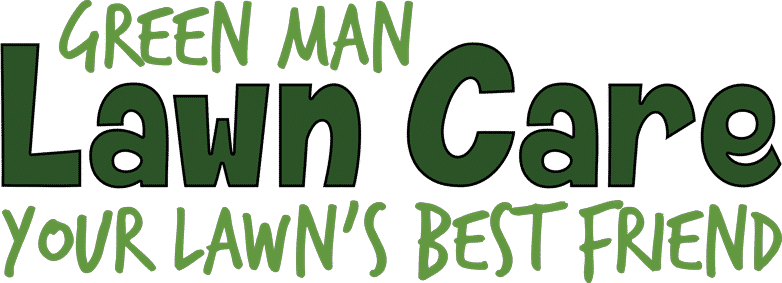

What is overseeding?
Overseeding is a way of replicating nature. If we did not cut our lawns, the grass plants would naturally form seeds, which the wind would eventually distribute over the surface of the lawn. The seeds would then lay dormant until the correct conditions allowed them to germinate. This process introduces new healthy plants to the existing lawn, helping to increase the quality of growth.
We can replicate this process by Overseeding. This can be carried out during your Scarification, Aeration or Top-dressing treatments.
Is there anything I need to do after an overseed has been applied?
Seed requires water to germinate. If the soil is allowed to dry out following an overseed, newly germinated seed may not survive. Watering your lawn is the best way to keep the soil wet.
Can I mow my lawn after an overseed has been applied?
Like any of our treatments and applications, you should not mow your lawn for two days after the application. This is to ensure the application has absorbed moisture. In the case of an overseed, if it hasn’t rained, and your lawn requires mowing, you should water your lawn, then leave the grass plants to dry off, then mow it as normal.
Will overseeding repair bare patches in my lawn?
No. Overseeding is designed to ensure your lawn remains thick and healthy by replicating nature and introducing younger healthier plants to an existing lawn. Bare patches require a diagnosis to address the cause of the bare patches and a patch repair if the grass plants have completely died off.
The most common cause of bare patches in lawns is localised compaction. Seed that is applied to such areas has minimal chance of successfully germinating without the addition of soil.
Will frost, snow or an over-saturated lawn kill grass seed?
No. Grass seed will not be damaged by frost or snow or if your lawn becomes over-saturated (flooded).
